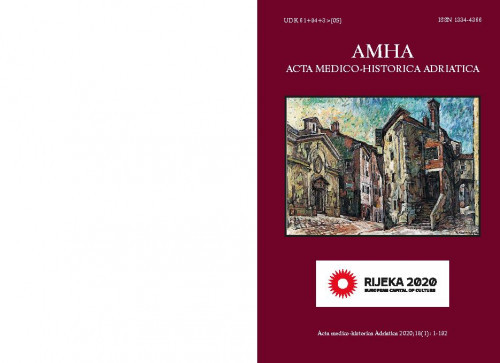The Spanish flu pandemic spread in 1918-19 and infected about 500 million people, killing 50 to 100 million of them. People were suffering from severe poverty and malnutrition, especially in Europe, due to the First World War, and this contributed to the diffusion of the disease. In Italy, Spanish flu appeared in April 1918 with several cases of pulmonary congestion and bronchopneumonia; at the end of the epidemic, about 450.000 people died, causing one of the highest mortality rates in Europe. From the archive documents and the autoptic registers of the Hospital of Pisa, we can express some considerations on the impact of the pandemic on the population of the city and obtain some information about the deceased. In the original necroscopic registers, 43 autopsies were reported with the diagnosis of grippe (i.e. Spanish flu), of which the most occurred from September to December 1918. Most of the dead were young individuals, more than half were soldiers, and all of them showed confluent hemorrhagic lung bronchopneumonia, which was the typical feature of the pandemic flu.We believe that the study of the autopsy registers represents an incomparable instrument for the History of Medicine and a useful resource to understand the origin and the evolution of the diseases.; Pandemija španjolska gripe širila se od 1918. do 1919. i zarazila oko 500 milijuna ljudi, usmrtivši 50 do 100 milijuna. Ljudi su zbog Prvoga svjetskog rata patili od teškog siromaštva i pothranjenosti, posebno u Europi, što je pridonijelo širenju bolesti. U Italiji se španjolska gripa pojavila u travnju 1918. s nekoliko slučajeva plućne kongestije i bronhopneumonije. Do kraja epidemije umrlo je oko 450 tisuća ljudi, što je uzrokovalo jednu od najviših stopa smrtnosti u Europi. Iz arhivskih dokumenata i autoptičkih registara bolnice u Pisi možemo doći do nekih zaključaka o utjecaju pandemije na stanovništvo grada i dobiti određene podatke o pokojnicima. U izvornim nekroskopskim registrima zabilježene su 43 obdukcije s dijagnozom grippe (tj. španjolske gripe), od kojih se većina događala od rujna do prosinca 1918. Većina umrlih bili su mlade osobe, a više od polovice njih vojnici, i svi su pokazivali simptome konfluentne hemoragične bronhopneumonije pluća, što je bilo tipično obilježje pandemijske gripe. Vjerujemo da je proučavanje obdukcijskih zapisa neusporediv instrument za povijest medicine i koristan izvor za razumijevanje podrijetla i razvoja bolesti.
Sažetak

 Acta medico-historica Adriatica : 18,1(2020) / glavni urednik, editor-in-chief Igor Eterović.
Acta medico-historica Adriatica : 18,1(2020) / glavni urednik, editor-in-chief Igor Eterović.